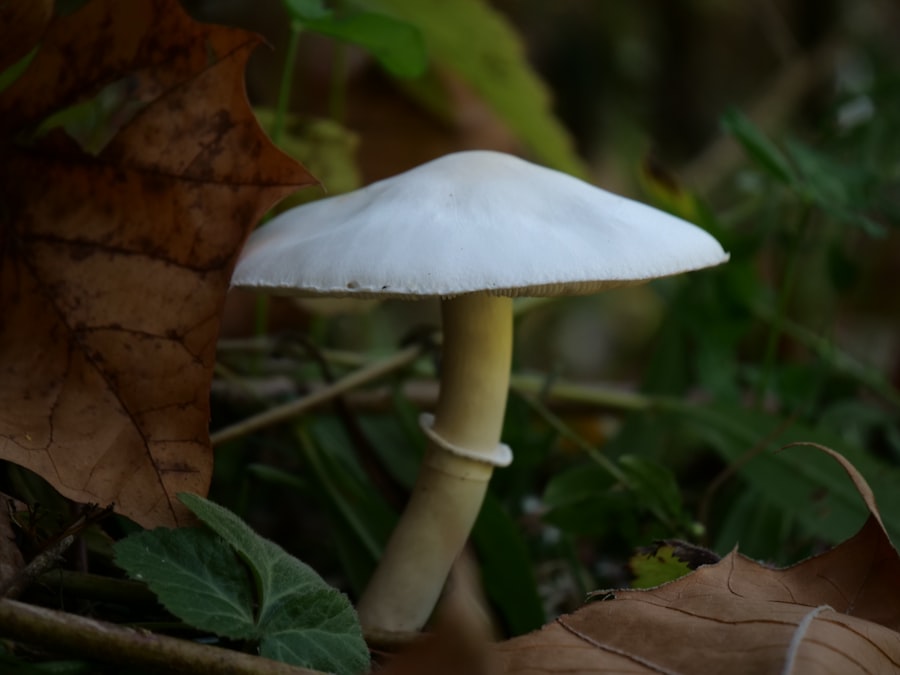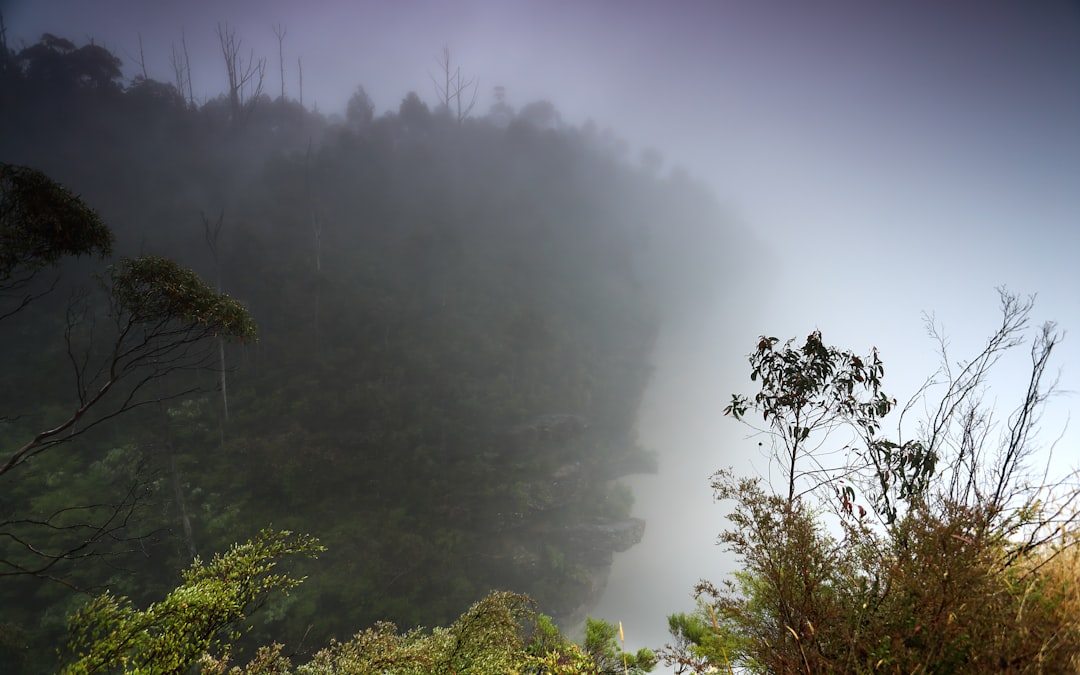As the leaves turn crisp and the nights grow longer, the thrill of Halloween beckons. You may find yourself drawn to haunted houses, those eerie attractions that promise a spine-tingling experience. But what makes these haunted venues so captivating?
The answer lies in the fascinating world of spooky automation. This blend of technology and creativity transforms ordinary spaces into realms of fear and excitement, where every corner holds a surprise and every shadow seems alive. As you step into these haunted houses, you are not just a visitor; you become part of a carefully orchestrated performance designed to elicit gasps, screams, and laughter.
Spooky automation encompasses a range of technologies that work together to create an immersive experience. From animatronic figures that leap to life at the slightest movement to soundscapes that envelop you in an atmosphere of dread, automation plays a crucial role in crafting the perfect haunted experience. As you navigate through dimly lit corridors and encounter unexpected frights, you may wonder how these effects are achieved.
The magic lies in the seamless integration of technology, artistry, and a deep understanding of what truly scares us. In this article, we will explore the various elements of spooky automation that contribute to the allure of haunted houses, revealing how they captivate your imagination and keep you coming back for more.
Key Takeaways
- Spooky automation is revolutionizing the haunted house industry, creating immersive and interactive experiences for visitors.
- Technology plays a crucial role in enhancing the scare factor in haunted houses, from sound and lighting effects to interactive animatronics and special effects.
- Creepy sound and lighting effects are essential for creating a chilling atmosphere and setting the mood for a haunted house experience.
- Interactive animatronics and special effects add an extra layer of terror, allowing for unexpected scares and thrilling interactions with visitors.
- Automated props are key in creating a haunting atmosphere, from moving objects to eerie decorations, adding to the overall spooky experience.
The Role of Technology in Haunted Houses
The Art of Immersion
Technology enables a level of interactivity and immersion that was previously unimaginable, making each visit unique and unforgettable. It allows haunted house designers to craft intricate narratives that unfold as you move through the space, with carefully placed audio cues and visual effects that draw you in.
A Deeper Level of Engagement
This narrative-driven approach not only heightens the suspense but also engages you on a deeper level. You’ll find yourself following a storyline that evolves with each room you enter, keeping you on the edge of your seat.
Building a World of Fear
The use of technology in haunted houses is not just about creating jump scares; it’s about building an entire world that draws you in and keeps you captivated. By seamlessly integrating sound, lighting, and special effects, haunted house designers can create an immersive experience that will leave you breathless.
Creepy Sound and Lighting Effects

Sound and lighting are two critical components that can make or break the atmosphere in a haunted house. As you step into a darkened room, the flickering lights may cast eerie shadows that dance along the walls, creating an unsettling ambiance. Coupled with spine-chilling sound effects—like distant whispers, creaking doors, or sudden screams—these elements work together to heighten your sense of unease.
You may find yourself holding your breath as you navigate through these spaces, acutely aware of every sound and flicker around you. The strategic use of sound can evoke powerful emotions and memories, tapping into your primal instincts. For instance, the low rumble of thunder or the sound of footsteps echoing behind you can trigger an instinctual response, making your heart race.
Similarly, lighting can be manipulated to create illusions or highlight specific areas, drawing your attention to potential scares. By combining these elements thoughtfully, haunted house designers can craft an experience that lingers in your mind long after you’ve left.
Interactive Animatronics and Special Effects
One of the most thrilling aspects of modern haunted houses is the use of interactive animatronics and special effects. As you wander through these attractions, you may encounter lifelike figures that seem to move and react to your presence. These animatronics are not just static props; they are designed to engage with you, creating a sense of realism that enhances the overall experience.
You might find yourself startled as a ghostly figure suddenly lunges forward or a creature lets out a chilling growl. Special effects also play a significant role in amplifying the fright factor. From fog machines that obscure your vision to water sprays that simulate rain or blood, these effects add layers of complexity to your journey through the haunted house.
The combination of animatronics and special effects creates a multi-sensory experience that immerses you in a world where anything can happen. You may leave feeling exhilarated and slightly unnerved, eager to share your experience with friends or return for another round.
Creating a Haunting Atmosphere with Automated Props
Automated props are essential for establishing a haunting atmosphere within a haunted house. As you explore different rooms, you may encounter props that spring to life at just the right moment, catching you off guard. These props can range from simple mechanisms that create movement to complex installations that tell a story.
For instance, a hanging skeleton might sway gently as you pass by, while a coffin could suddenly burst open to reveal a lurking monster. The key to effective automated props lies in their timing and placement. Designers must carefully consider how each element interacts with the overall narrative and pacing of the experience.
You might find that certain props are designed to build tension gradually before delivering a shocking surprise. This careful choreography ensures that your heart races at just the right moments, making each scare feel earned rather than forced. The result is an environment where every detail contributes to an overarching sense of dread and anticipation.
Safety Considerations for Automated Haunted Houses

While the thrill of fear is central to the haunted house experience, safety must always be a top priority for designers and operators. As you navigate through these attractions, it’s essential to remember that behind the scares lies a commitment to ensuring your well-being. Automated systems must be meticulously designed and maintained to prevent accidents or malfunctions that could lead to injury.
This includes everything from ensuring animatronics operate smoothly to maintaining clear pathways free from obstacles. Moreover, safety protocols should be clearly communicated to visitors like yourself before entering the haunted house. This might include guidelines on how to interact with props or what to do in case of an emergency.
By prioritizing safety while still delivering thrilling experiences, haunted house operators can create an environment where you can fully immerse yourself in the fright without unnecessary worry. Ultimately, a well-designed haunted house balances fear with safety, allowing you to enjoy every moment without hesitation.
Incorporating Virtual Reality and Augmented Reality
As technology continues to evolve, so too does its application in haunted houses. Virtual reality (VR) and augmented reality (AR) are becoming increasingly popular tools for creating immersive experiences that transport you into entirely new worlds. With VR headsets, you can step into a digital realm filled with terrifying creatures and spine-chilling scenarios that feel all too real.
This technology allows for unparalleled interactivity; you might find yourself making choices that affect the outcome of your experience. On the other hand, AR enhances your physical surroundings by overlaying digital elements onto the real world. Imagine walking through a haunted house where ghostly apparitions appear alongside you or where hidden clues reveal themselves through your smartphone screen.
This blend of reality and digital enhancement creates an engaging experience that captivates your senses and challenges your perceptions. As VR and AR technologies continue to advance, they promise to redefine what it means to be scared in a haunted house setting.
Future Trends in Spooky Automation for Haunted Houses
Looking ahead, the future of spooky automation in haunted houses is brimming with possibilities. As technology advances at an unprecedented pace, we can expect even more innovative solutions that enhance the visitor experience. One trend on the horizon is the integration of artificial intelligence (AI) into haunted attractions.
Imagine animatronics that learn from visitor interactions, adapting their responses based on your behavior or choices throughout the experience. Additionally, advancements in sensory technology could lead to even more immersive environments where touch, smell, and temperature play significant roles in creating fear-inducing scenarios. You might find yourself feeling chills as cold air blasts from hidden vents or smelling something foul as you approach a gruesome scene.
These sensory enhancements will deepen your emotional connection to the experience, making it all the more memorable. In conclusion, spooky automation has revolutionized the way we experience haunted houses by blending technology with creativity to create immersive environments filled with thrills and chills. As you explore these attractions, remember that behind every scare lies a carefully crafted design aimed at engaging your senses and igniting your imagination.
With ongoing advancements in technology and storytelling techniques, the future promises even more exhilarating experiences for thrill-seekers like yourself. So gear up for another Halloween season—there’s no telling what new frights await!
If you’re interested in exploring more immersive horror experiences, you should check out this article on horror escape rooms in Illinois. These interactive attractions often incorporate automation and technology to create a truly terrifying and thrilling experience for participants. Just like haunted houses, escape rooms rely on clever design and automation to surprise and scare visitors.
FAQs
What is automation in haunted houses?
Automation in haunted houses refers to the use of technology and mechanical systems to create scary and immersive experiences for visitors. This can include automated props, animatronics, sound and lighting effects, and other special effects.
How is automation used in haunted houses?
Automation is used in haunted houses to enhance the scare factor and create a more immersive and interactive experience for visitors. This can include automated props that move or jump out at visitors, animatronic figures that simulate scary characters, and special effects such as fog machines, strobe lights, and sound systems.
What are the benefits of using automation in haunted houses?
Using automation in haunted houses allows for more consistent and reliable scares, as well as the ability to create more elaborate and dynamic scenes. It also allows for a greater level of control over the visitor experience, and can help to create a more memorable and thrilling experience for guests.
Are there any drawbacks to using automation in haunted houses?
Some potential drawbacks of using automation in haunted houses include the initial cost of purchasing and installing the necessary equipment, as well as the ongoing maintenance and upkeep required to keep the systems running smoothly. There is also the risk of technical malfunctions or breakdowns during operation, which can disrupt the visitor experience.
What are some examples of automation used in haunted houses?
Examples of automation used in haunted houses include animatronic figures of scary characters, automated props such as moving walls or floors, pneumatic systems that create sudden bursts of air or movement, and special effects such as fog machines, strobe lights, and sound systems.

No responses yet